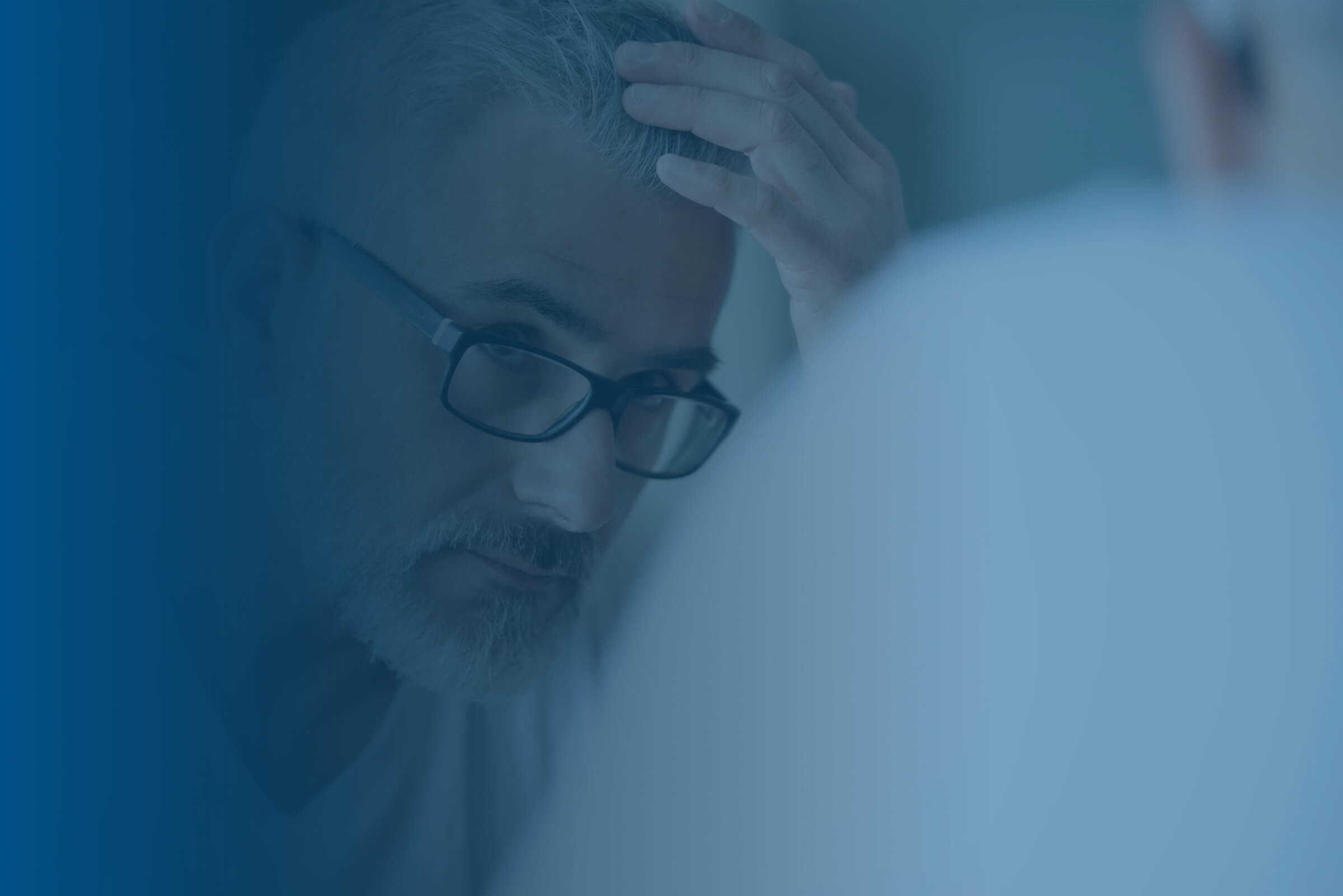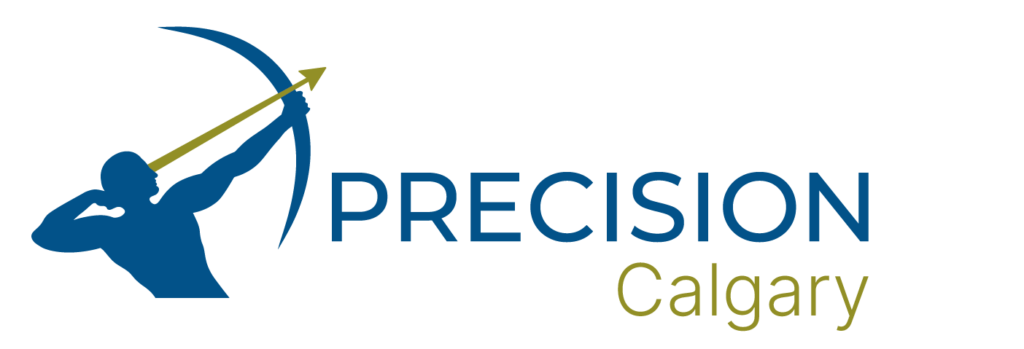Hair Loss
Book a consult today
Consultation
What is Hair Loss?
Hair follicles that are overly sensitive to this hormone begin to shrink and reduce in lifespan and eventually stop producing hair all together.
Androgenic alopecia accounts for more than 95% of hair loss in men and impacts approximately 30% of men aged 30 years old, 50% of men by age 50, and 80% of men by age 70. This form of hair loss typically begins with loss of hair at the temples and/or around the top of the head and results in hair thinning and gradually disappearing.
The good news is that this condition is treatable, and the appropriate treatment may trigger hair follicles to resume hair production.
We can help.
- Scientific Studies
Hair Growth Basics
The Hair Growth Cycle
Hair growth occurs in a cycle of three phases, with each hair in various phases of the cycle simultaneously.
- The first phase, the Anagen or growth phase, can last anywhere from two to eight years. At any given time, approximately 90% of the hair on your scalp is in this phase. Most people grow approximately 1cm every 28 days, but the longer your anagen phase, the greater the potential for hair length.
- The next phase is called the Catagen phase and it mostly acts as a transition. During this time, the follicle is gradually cut off from the blood supply and stops its growth. Approximately 3% of our hairs will be in this transition at any time for 2-3 weeks.
- The Telogen or resting phase of the hair growth cycle lasts about 100 days. During this phase, the strands of hair remain in their follicle but are not actively growing. Eventually this strand will be released and shed – allowing a new hair strand to begin its growth.
Factors Impacting Hair Growth
Illness, stress and lack of proper nutrition all cause disruptions in the hair growth cycle and can result in hair loss and or changes in the density and quality of your hair.
When we are lacking certain essential nutrients from vitamins and minerals, we fail to give our hair cells the building blocks they need to thrive. We can be missing these nutrients due to illness, improper nutrition or as a side effect from medications.
Stress also causes major disruptions in the hair growth cycle. Researchers found that mice that were exposed to higher levels of stress hormones displayed not only reduced hair growth from existing hair follicles, but also reduced activation of new follicle development.
Am I Experiencing Hair Loss?
On average we lose anywhere from 50 to 100 hairs every day. This is considered normal hair loss. Throughout the various phases of hair growth, shedding is part of the process, but where do we draw the line between normal and abnormal hair loss?
Here are some signs you may be experiencing abnormal amounts of hair loss:
- Widening part
- Receding hairline
- Bald patches
- Pain or itching of the scalp
- More than your usual loose hair in the brush or comb
- Regularly clogging the drain
Male pattern hair loss can be measured via the Norwood scale. This scale has seven stages. Each stage measures the severity and pattern of hair loss from no significant hair loss or recession of the hairline to severe male pattern baldness.
Who Experiences Hair Loss and Why?
Hair loss and thinning impacts up to 85% of men over the age of fifty, and while more common in older age, hair loss can affect anyone of any age or ethnicity.
There are several risk factors associated with developing hair loss, some of which we have control over, others not. Factors like age, genetics, chronic illness and medical conditions like cancer, hypothyroidism/hyperthyroidism are all things we cannot change. However, deficiencies in vitamin D, iron and protein, over-exercise, stress, medication side-effects, and hair hygiene are all factors we can modify to reduce our risk of hair loss.
Hair Loss Treatments in Calgary
Hair PRP injections improve hair growth not only by delivering nutrients in the plasma directly to the follicles, but the injection itself increases natural blood flow to the scalp forcing the body to send nutrients to the area in order to encourage healthier and more rapid growth.
PRP Injection Therapy

Hair Restoration Before & After
See the results of PRP Hair Restoration program:
Hair Restoration Before and After Photos

Hair Loss Prevention
What can be done to do to prevent hair loss and encourage growth:
- Quit smoking! Exposure to these toxins not only promotes inflammation and stress but also acts similarly to other toxic medications in preventing new hair growth.
- Eat a well-balanced diet. By ensuring that you are giving your body all the building blocks it needs to build healthy hair, you set yourself up for success. Ensure that you are consuming adequate amounts of protein and healthy fats, and supplement with vitamins and minerals if you are deficient.
- Scalp massage increases blood flow to the scalp which increases the nutrients available to the follicles which encourages healthier and more rapid growth.
- Manage your stress! As we know stress not only forces more hair into the telogen phase, but also prevents new hair growth. When our bodies are under stress we allocate resources to the places we need to survive. In the grand scheme of things, your hair is not going to keep you alive, so your body does not prioritize allocated precious resources to hair growth. By keeping your body calm and minimizing stress we give our body permission to feed our hair follicles with the nourishment they need to grow.
What To Avoid to Prevent Hair Loss:
- Hairstyles that put tension on your hair and tight elastic bands that cause hair breakage.
- Pulling, twisting and rubbing your hair also adds tension to the follicles and can result in excess loss.
- Wearing tight fitting helmets and hard hats also adds tension to hair follicles, and while wearing this protective equipment is essential for your safety steps can be taken to minimize damage.
- Excessive bleaching and coloring of your hair also contributes to its weakening, breakage and the toxins associated with these can also impact future growth.
